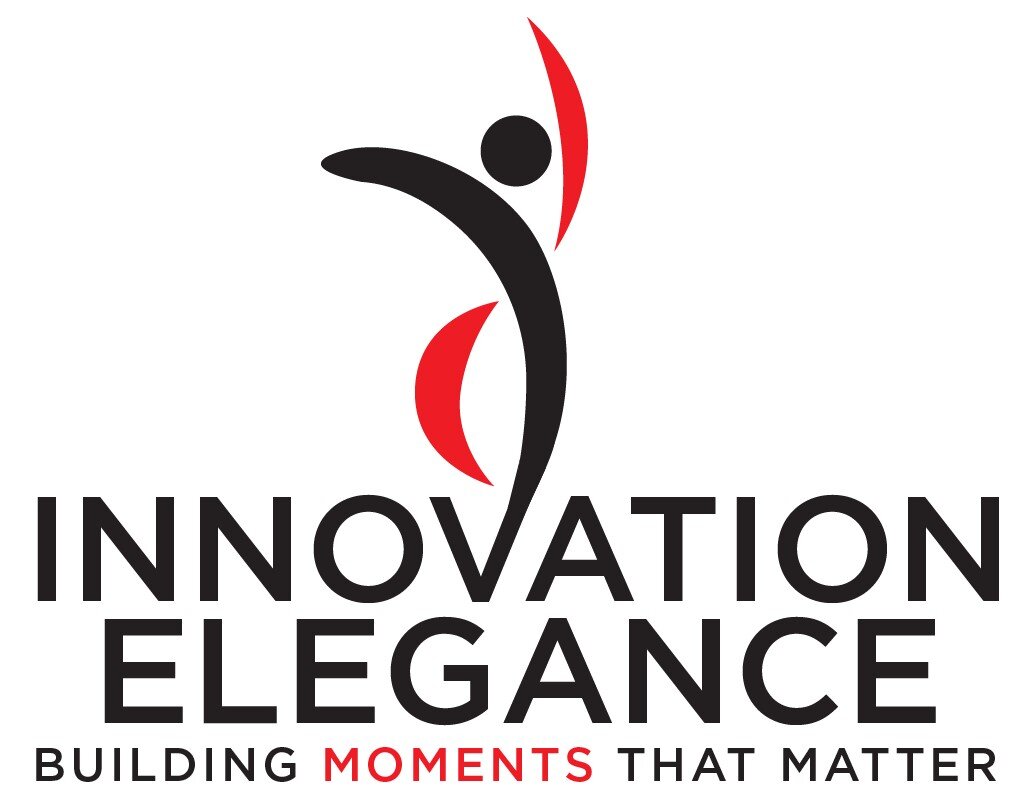User Chore Detail
It’s understandable if you assume that User Stories that are already in place have sincere adoption from users, customers, and stakeholders. No one builds grudging compliance into the Customer Experience, right? But of course this is not reality. The inverse of a User Story is a User Chore, and of course these negative experiences exist. The Elegance methodology shines a spotlight on these to facilitate transparency, prioritize, and improve the User Experience.
The sentence structure for a user chore is …
Examples
As a coffee shop barista, I shouldn’t have to provide Technical Support to customers who cannot seem to access the internet. Instead, a designated employee should perform this. Avoiding this helps me to stay focused on making beverages.
As an inventory manager for a car dealership, I shouldn’t have to do the time-consuming work when we receive the wrong vehicles. Instead, the manufacturer and plant should completely take care of this. Avoiding this helps me to stay focused on the cars that should be and ARE on my lot.
User Chores abound in the world and in our business environments. Their existence drains an unacceptable amount of physical, mental, and emotional energy from the value chain. That is why you must formalize these micro Points of Pain as a Future State asset.
Boundaries are valuable for all members of the value chain. Smart strategy is knowing how to not spend your time. Saying “no” is a skill. Formalizing, prioritizing, and implementing changes to remove User Chores shows you listen to your customers.
Upstream Assets: Project Charter, Object Model, Use Case Inventory
Downstream Assets: Storyboards, Data Model, User Interface, Test Conditions



